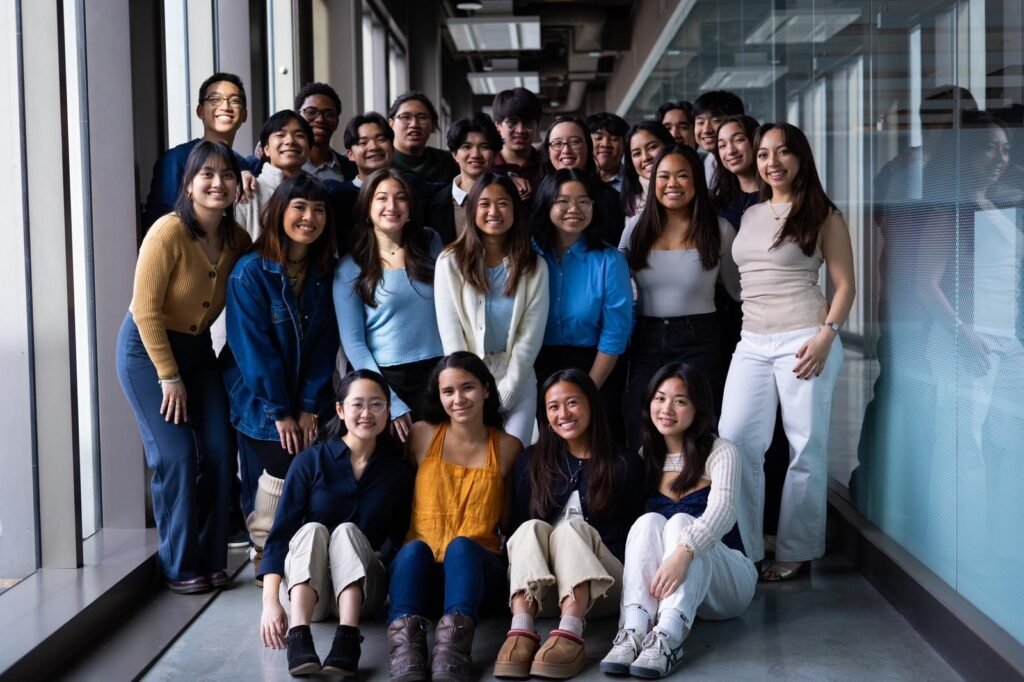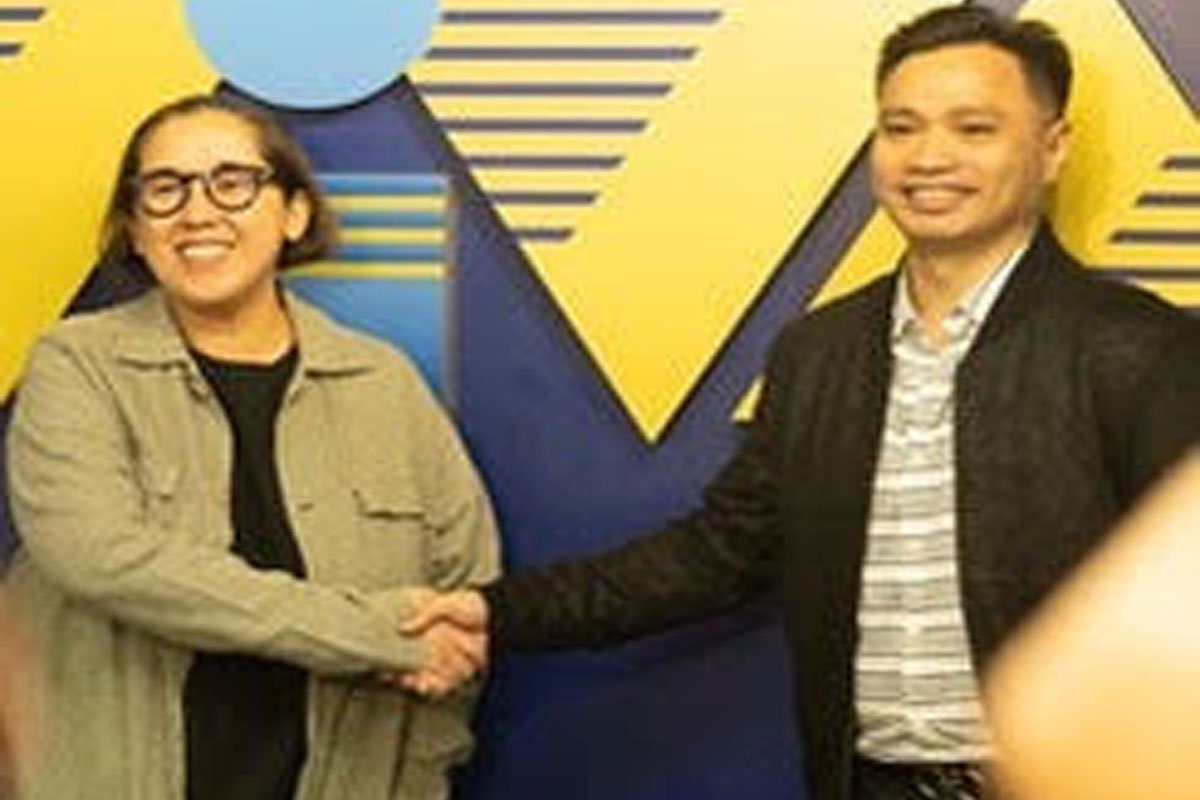MANILA, Philippines – For the Filipino Alliance (FA) in Brown University, the chance to learn Tagalog isn’t only about reconnecting with cultural roots. It’s a chance to reverse colonial injustices.
The FA is leading a petition to have regular Tagalog language classes offered at Brown. In May, they submitted to the administration the petition with over 1,000 signatures and 250 testimonials. They hope to follow in the footsteps of their peers at Harvard and Yale, who were successful in their campaign for Tagalog classes.
With Tagalog as the fourth most spoken primary language in the United States, the students think it only makes sense that it is included as one of the dozens of language classes offered at the school.
There are over 1.7 million Tagalog speakers in the US, according to the latest data from the US Census Bureau. It follows English, Spanish, and Chinese.
Many of the signatories of the campaign are Filipinos, Tagalog speakers, or Filipinos who never learned to speak Tagalog. “[They] thought it was the responsibility of academic institutions to allow Filipino Americans to learn more about their culture and language,” said Alexa Theodoropoulos, FA vice president and co-lead for the Tagalog campaign.
Sustaining a glimpse
The Brown community first experienced Tagalog classes through a group independent study project held in 2022. GISPs are courses designed by and for students with guidance from a faculty sponsor.
Anna Zulueta, FA co-president and Theodoropoulos’ co-lead for the Filipino at Brown, took this GISP and felt it was a “great class.” Together with FA leadership at the time, Zulueta wanted to make it a regular class offering.
But after collecting some signatures and feedback on the GISP, the effort to make it into a regular class was unsuccessful due to issues in securing a faculty sponsor and an undergraduate language tutor to complete grading.
While GISPs had been done, the campaign leads felt that there was too much burden on the students if Tagalog language classes were to continue this way. This is why they restarted the petition in their most recent semester.
“We decided to start fresh and cast a much wider net and get signatures from the entire Brown community. So now we accumulated well over a thousand signatures, which is a pretty large percentage of our student population,” said Theodoropoulos.
Cultural reconnect
The US Census Bureau found that almost all of the 1.9 million Philippine language speakers in the US spoke Tagalog as of 2021. And yet, Brown has been able to offer courses like Latin and Akkadian before it.
“It was very healing for me to see that there were a lot of other people in the same situation as me where they also did not learn growing up and we’re trying to do that now,” said Zulueta, who was born and raised in the US.
Theodoropoulos, on the other hand, grew up in the Philippines learning both Tagalog and English, but leaned more comfortably towards English. Her American father preferred an English-speaking household.
She moved to the US for college, and it made her happy to see her peers show interest in learning her language from home.
“When you move to an environment where people are only speaking English, I feel like you can kind of lose part of yourself or part of your culture,” she said.
For Theodoropoulos, offering Tagalog at Brown is an important form of reparation for the US’ colonial sins.
The petition’s cover letter points to parts of the US colonial period in the Philippines, when Americans imposed English as the sole medium of instruction, causing native students to suppress their vernaculars.
“We recognize the importance of language in decolonizing and reclaiming our culture. Under American colonization…. American teachers, many of whom were educated at Ivy League colleges like Brown, actively forbade Filipino students from speaking Tagalog, Cebuano, Bikol, or other Philippine languages,” the petition read.
Since Brown is a research institution, Zulueta also believes in the practical use of Tagalog for its students conducting research, such as in interviews with migrants or looking through documents with Tagalog.
Budgetary challenges
The campaign leads feel confident in the support they have received from the Brown administration. However, being able to have regular Tagalog classes at the university will depend largely on the school’s ability to finance it.
On Monday, June 30, Brown announced that it had “deep financial challenges.” This comes months after the Trump administration said it was considering freezing $510 million in grants to the university.
Brown has frozen staff hiring and limited non-essential travel and expenses. Brown students are facing a different financial landscape from what their Harvard and Yale students had when they mounted their campaign for Tagalog classes.
“This isn’t really their number one priority right now — it’s basically protecting the university’s ability to exist,” said Theodoropoulos.
But hope is not lost, as according to the co-leads, the Philippine consulate general in New York has offered to provide a seed grant for the program.
Theodoropoulos believes that apart from knowing one’s culture and repairing colonial pains, having the opportunity to learn Tagalog simply connects the Filipino community in a way that English cannot accomplish.
“I feel like if you’re a Filipino and you go and you’re abroad and you see other Filipinos or you see people speaking Tagalog, you instantly get a feeling of warmth and happiness just because you have that instant connection,” she said. – Rappler.com









